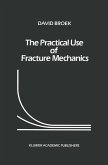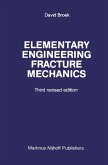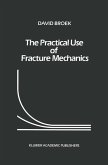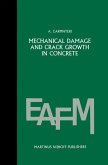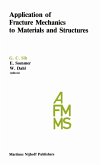Concrete has traditionally been known as a material used widely in the construction of roads, bridges and buildings. Since cost effectiveness has always been one of the more important aspects of design, concrete, when reinforced and/or prestressed, is finding more use in other areas of application such as floating marine structures, storage tanks, nuclear vessel containments and a host of other structures. Because of the demand for concrete to operate under different loading and environmen tal conditions, increasing attention has been paid to study concrete specimens and structure behavior. A subject of major concern is how the localized segregation of the constituents in concrete would affect its global behavior. The degree of nonhomogeneity due to material property and damage. by yielding and/or cracking depends on the size scale and loading rate under consideration. Segregation or clustering of aggregates at the macroscopic level will affect specimen behavior to a larger degree than it would to a large structure such as a dam. Hence, a knowledge of concrete behavior over a wide range of scale is desired. The parameters governing micro-and macro-cracking and the techniques for evaluating and observing the damage in concrete need to be better understood. This volume is intended to be an attempt in this direction. The application of Linear Elastic Fracture Mechanics to concrete is discussed in several of the chapters.
`This book represents a useful reference treatise to the professional community in presenting a technical assessment of the important elements needed to model and predict the fracture behavior of concrete structures.'
Applied Mechanics Reviews, 38 (1985)
Applied Mechanics Reviews, 38 (1985)
`This book represents a useful reference treatise to the professional community in presenting a technical assessment of the important elements needed to model and predict the fracture behavior of concrete structures.'
Applied Mechanics Reviews, 38 (1985)
Applied Mechanics Reviews, 38 (1985)


